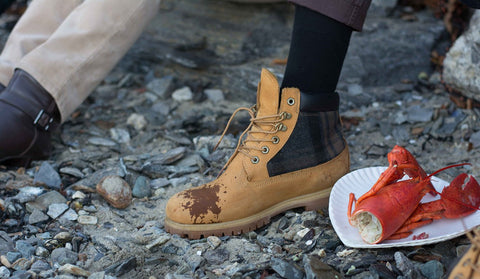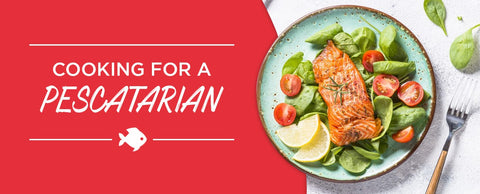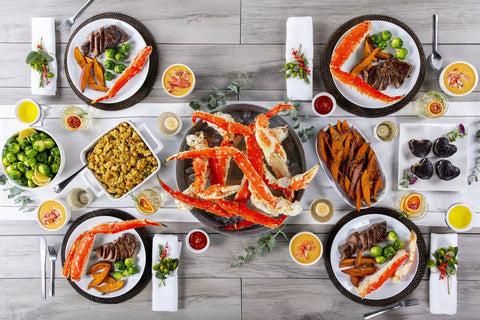How to eat a lobster
Proper Way to De-Shell and Eat a Whole Lobster
Imagine you're on vacation. You're in a new country, experiencing a new culture, seeing new sites, learning new customs.
You sit down at a restaurant and order a meal you've never heard of. Then the waiter comes back and plops a whole squid onto your plate — tentacles and all.
Horrified? Don't be. Seafood is the staple of a lot of international cuisines, and when you're traveling, you should embrace the unfamiliar. Besides, some well-seasoned calamari are not only delicious, but actually very easy to eat.
But what about lobster?
Ah, lobster. The crown jewel of so many seafood restaurants. And yet the terrorizer of so many eaters. It may look intimidating, especially when coupled with a new place, a waiter impatiently trying to help you order off a French menu or the bizarre site of a squid on your date's plate. But rest assured — with these 13 steps, you'll be tearing into that meal like a pro.
Why Should I do the De-Shelling?
Now, you may be thinking "I can go to a restaurant and have all this de-shelling done for me. Why bother to learn it myself?" Well, there are a few good reasons. Namely, knowing how to de-shell means
- You can prepare this great meal at home, which saves you money and impresses dinner guests.
- You can expand your palette with others. In the U.S., lobster rolls and other New England dishes are rapidly gaining momentum. As the market for this scrumptious crustacean continues to expand, you're going to see more and more of it.
- You know you're getting the most out of your meal. By de-shelling yourself, you know you're getting all of the lobster's juicy, delectable meat — not just some of it.
- You'll possess a great universal skill. When traveling, for instance, the locals may be laughing behind their hands at your friend's horrified face as she pokes at that squid she didn't mean to order, but no one will even give you a second glance as you dig in to your lobster like it's nothing.
Lobster Facts
To get the most out of your lobster-loving exploits, it helps to know more about them — types of lobsters, cost, seasonal trends and so on. To that end, here are some lobster facts you may find useful in your crustaceous adventures:
- Fall is when most of the East Coast turns to hard-shell lobsters.
- The demand for lobster has put their cost at an 11-year high.
- The claw and knuckle meat is the sweetest, most tender part of the lobster. Yum!
- The tail of the lobster holds the most meat.
- Some consider the red roe inside female lobsters a delicacy.
Embrace the Challenge
Eating a delectable and quality food such as lobster should be an enjoyable experience, not an intimidating or frustrating one. At first, it may seem more like a messy little adventure than anything else, but with practice your de-shelling will get smoother.
So, get in some practice! Simply follow the steps in the infographic, and use that lobster cracker with confidence.




